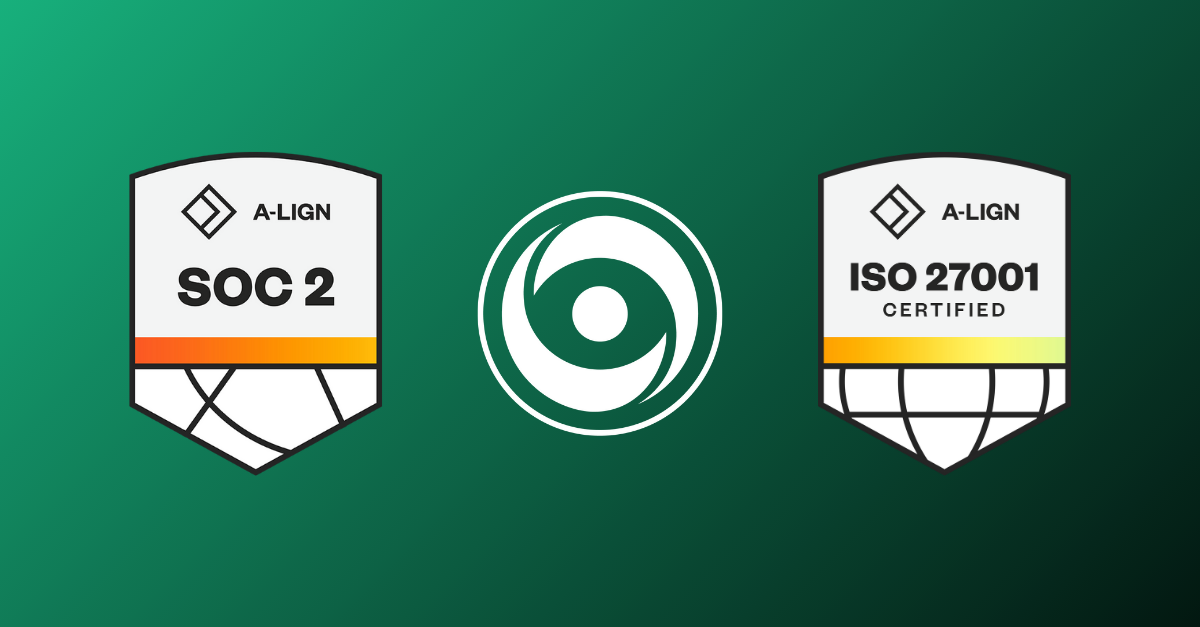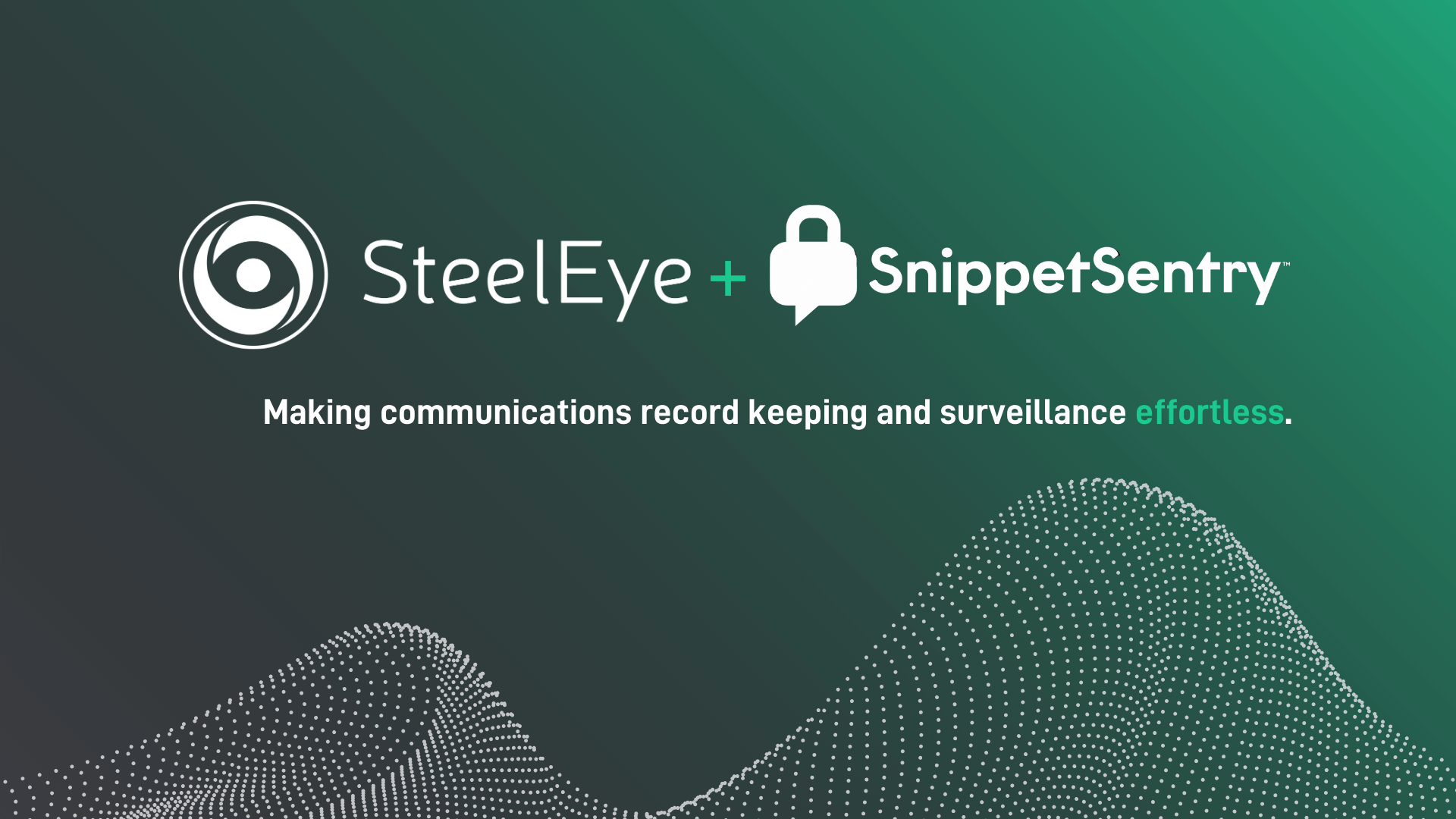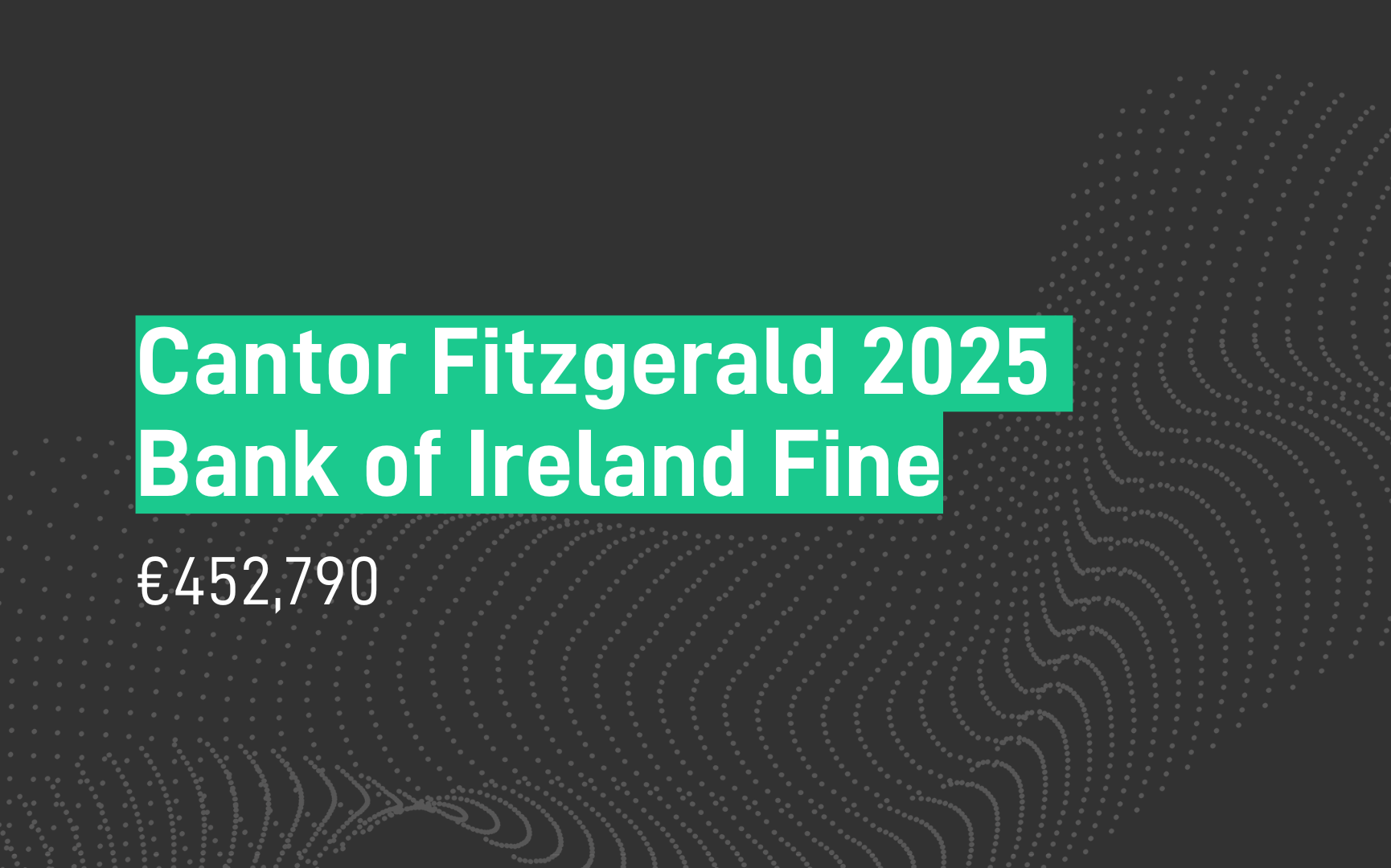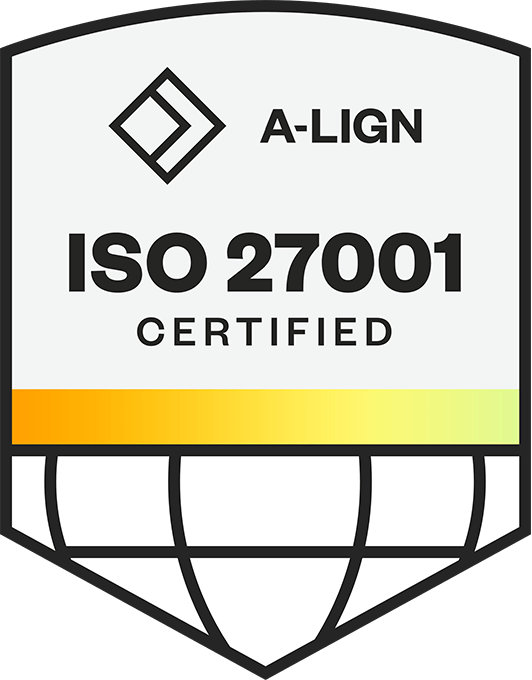Voice is a critical channel for conducting business. Yet, the absence of effective surveillance tools for voice recordings presents a significant blind spot for compliance teams.
Many larger firms do not transcribe voice recordings as part of their surveillance programs, often citing regulatory ambiguity as the reason. Instead, they rely on random sampling and manual reviews, which are inadequate for the complexities of modern communication. This leaves firms vulnerable to hidden risks, including potential market abuse and regulatory scrutiny, and raises the critical question: “In the absence of voice transcription, how effective can compliance surveillance of voice really be?”
In this blog, we will explore the role of voice transcription in communications surveillance, and how modern technologies can transform voice data into actionable insights for risk management and regulatory adherence.
What are firms doing around voice transcription and surveillance today?

“If not required, we won’t do it!”
Today, the growing trend is to downplay the need for voice transcription unless regulators explicitly clarify the requirements. This has led to a clear divergence in how market participants approach voice transcription. In many segments, there is no transcription at all, justified by the lack of regulatory clarification on the expectation for voice transcription.
Random sampling
Instead, surveillance teams often rely on a limited toolkit, primarily involving the manual listening of a random sample of the overall recording volume. While this can be a useful addition to a surveillance program, it should not be the primary or sole method for reviewing communications.
This approach contrasts sharply with advancements in communications surveillance technology, which offers sophisticated lexicons, multilingual surveillance, advanced analytics, large language model (LLM) deployment, and artificial intelligence (AI) explainability.
Is there technology available to support accurate and effective transcription?

Undoubtedly yes. Modern transcription technology supports dozens of languages, processes data in real-time, is adapted to 'Trader Voice' and achieves high levels of accuracy. The quality and reliability of technology are no longer barriers to effective voice transcription.
Regulatory Ambiguity and a Call for Greater Clarity
Many financial institutions justify their reluctance to transcribe voice calls by citing regulatory ambiguity. Obligations to transcribe voice calls are not explicitly required under MiFID, SEC, MAS, or CFTC rules.
While there is a clear obligation to conduct surveillance, 'effective' surveillance is not necessarily defined as 'leveraging voice transcriptions.' Therefore, firms might reasonably argue that the lack of transcription aligns with current regulations as they are defined. Regulators could easily clarify this uncertainty and the defenses it enables.
Legal vs. Compliance - A Clash of Perspectives
The decision to implement transcription is often a point of contention between the legal and compliance teams.
The compliance team's cultural inclination is to strive for more accurate, complete, and comprehensive surveillance. However, legal teams often resist transcription due to concerns about generating discoverable information that may have to be produced in the event of an investigation.
Since regulators do not explicitly mandate transcription, the prevailing view within legal departments is, "We don't have to do it, and we're introducing risk if we do."
Phrased differently, the question legal teams pose regarding voice transcription is: “If there was a risk in our firm present within voice, do we want to know about it?” For compliance, the answer to this question is often: “Yes,” while for legal teams, it is: “Not unless we need to.”
The Risk You Run

Regulators may clarify expectations around voice transcription at any time, leaving firms unprepared for the necessary changes. This could lead to a scramble to implement and integrate voice transcription into existing surveillance programs.
Moreover, if regulators clarify expectations and historic risks or breaches are discovered, firms may be obligated to investigate past communications, potentially uncovering long-standing instances of market abuse.
Unquestionable benefits of voice transcription

There is no question that voice transcription enhances the quality and maturity of surveillance. It provides:
-
Searchability: Ability to easily access and retrieve specific voice conversations.
-
Smart Lexicon Triggering: Ability to automatically detect relevant keywords and phrases in multiple languages across voice.
-
AI Risk Detection: Ability to leverage advanced algorithms on voice data to identify potential risks.
-
Sentiment Analysis: Ability to analyze and understand the tone and emotional context of voice communications.
-
Risk Scoring: Ability to quantify and prioritize potential threats leveraging voice data.
The Strategic Imperative of Voice Transcription

The question of voice transcription is not merely a technical or legal one. It is about a firm's commitment to transparency, risk management, and ultimately, its ability to uphold market integrity. If voice communications are not effectively monitored, a significant portion of communications remain unsupervised. This contrasts with the overall market drive for Data Completeness, Fullness, and Reconciliation.
In a world where data is king, ignoring the wealth of information contained in voice communications is a gamble financial institutions cannot afford to take.
Ultimately, firms can either search for needles in haystacks using risk-based surveillance and random call sampling, or they can have the needles highlighted for them through automatic triage and risk scoring.
Voice transcription is a strategic necessity for modern compliance. Relying solely on random sampling and manual reviews is insufficient in today’s data-driven world.
Advanced voice transcription technologies offer unparalleled accuracy, real-time processing, and functionalities that enhance surveillance quality.
Adopting voice transcription demonstrates a firm’s commitment to robust risk management and market integrity despite regulatory ambiguity. It ensures effective monitoring of all communications, mitigating potential risks before they escalate into compliance breaches.
How SteelEye can help
SteelEye’s transcription capabilities support dozens of languages, process data in real time, and achieve exceptionally high accuracy.
Once a call is transcribed, the SteelEye platform leverages advanced algorithms and AI technologies to analyze voice data and detect potential risks. Leveraging LLMs, the system effectively handles mis-transcriptions, typos, and other common linguistic challenges that can often undermine the accuracy of communication surveillance systems.
When risks are identified, the platform provides compliance users with a risk score and a detailed explanation of why the conversation was flagged as a risk. It also highlights the specific sections of the call that contain the risks that have triggered the alert.
In the example below, SteelEye has identified a couple of potential risks in a call. In the first instance, metaphorical language is used, suggesting an attempt to conceal information. In the second instance, a potential conduct risk is identified as one speaker expresses concerns about “sailing too close to the wind” and being questioned by the “guys upstairs.”
All of this information is presented to the compliance user on a single screen, allowing them to investigate the communication efficiently. They can listen to the specific sections of the call that contain the flagged content, read and digest the risk explanations, and resolve or escalate the alert accordingly.















